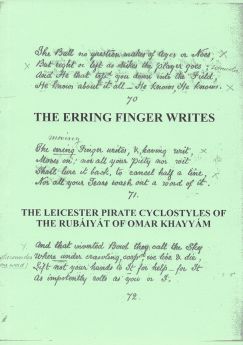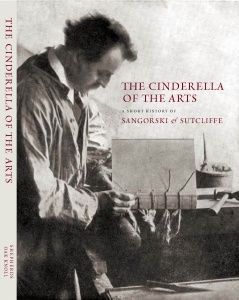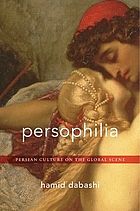Voice in Khayyam’s Rubaiyat and FitzGerald’s English translation. Saeedeh Bisayar; Mahdi Safari; Mousaahmadian
International journal of English language, literature and translation studies, 2 (2015) 1, pp. 114–124.
This study attempted to examine the concept of “voice” in Khayyam’s Rubaiyat compared with Fitzgerald’s English translation through investigating the extent of ideological changes Fitzgerald applied in his paraphrase and through analysis of the existing voice in every selected quatrain of Khayyam’s Rubaiyat. For this purpose, six Persian quatrains by Khayyam have been selected randomly and their equivalences have been traced in the first edition of the translation of Rubaiyat by Fitzgerald.


